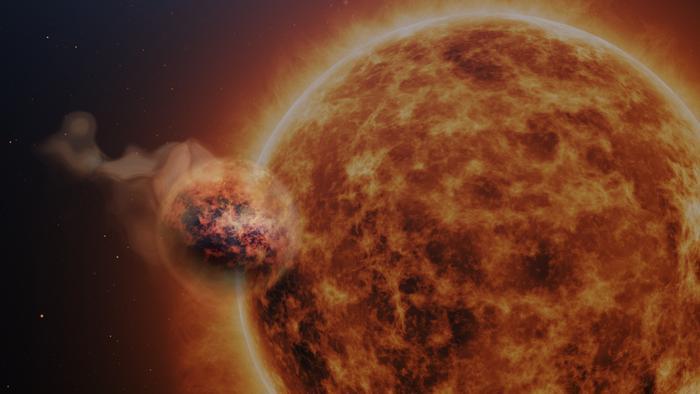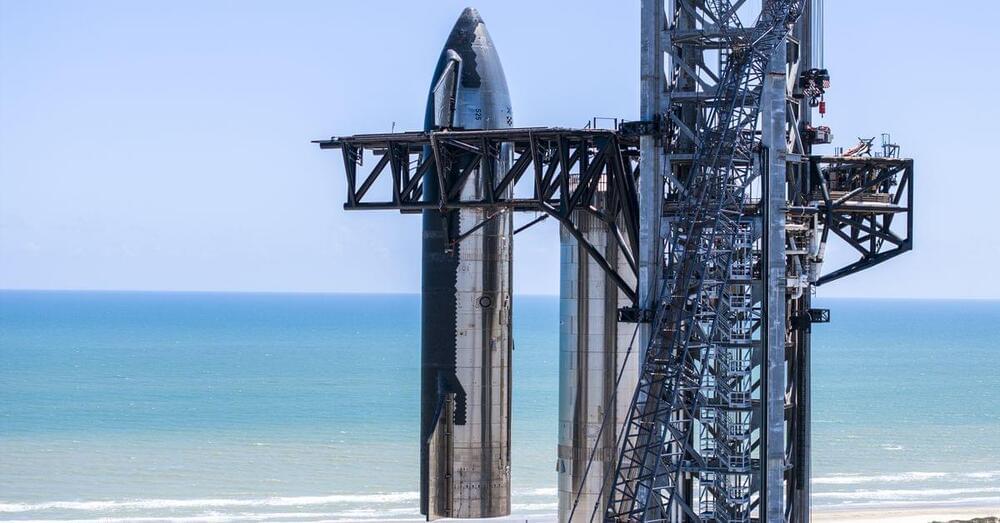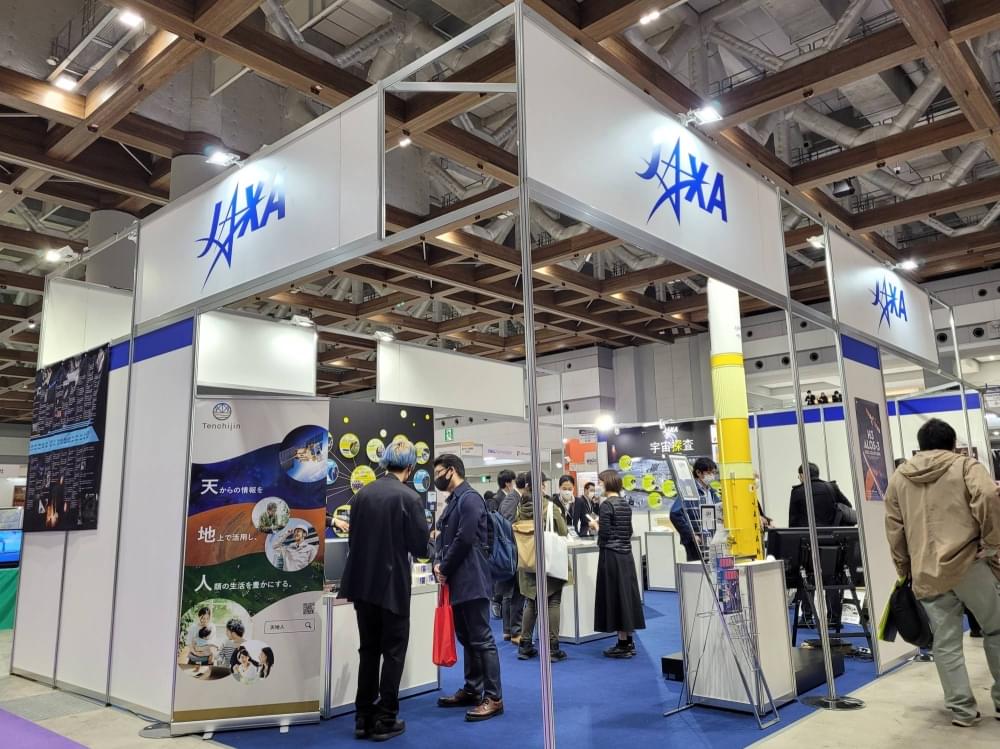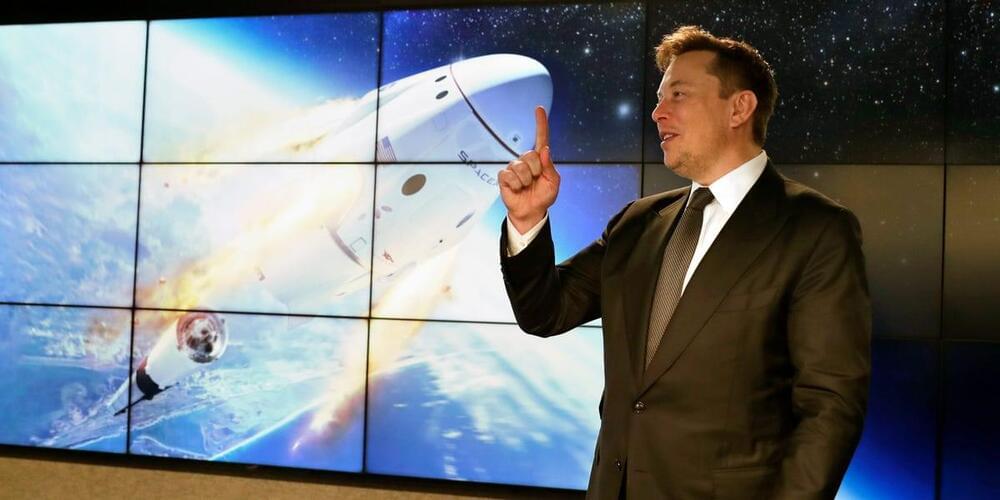“JWST is revolutionizing exoplanet characterization, providing unprecedented insights at remarkable speed,” said Dr. Leen Decin.
NASA’s James Webb Space Telescope, the world’s most powerful telescope ever built, continues to dazzle with its scientific findings both within and outside our solar system. Most recently, an international team of researchers used JWST’s Mid-Infrared Instrument (MIRI) to analyze the atmosphere of WASP-107b, a Neptune-like exoplanet located approximately 211 light-years from Earth and orbits its parent star in just 5.7 days.
Using MIRI, the team identified water vapor, sulfur dioxide, and silicate sand clouds swirling around in the atmosphere of WASP-107b, which is considered a “fluffy” exoplanet since its mass is close to Neptune’s, but its overall size is closer to Jupiter, making it unique compared to the gas giants of our solar system. The findings were published today in the journal Nature.





